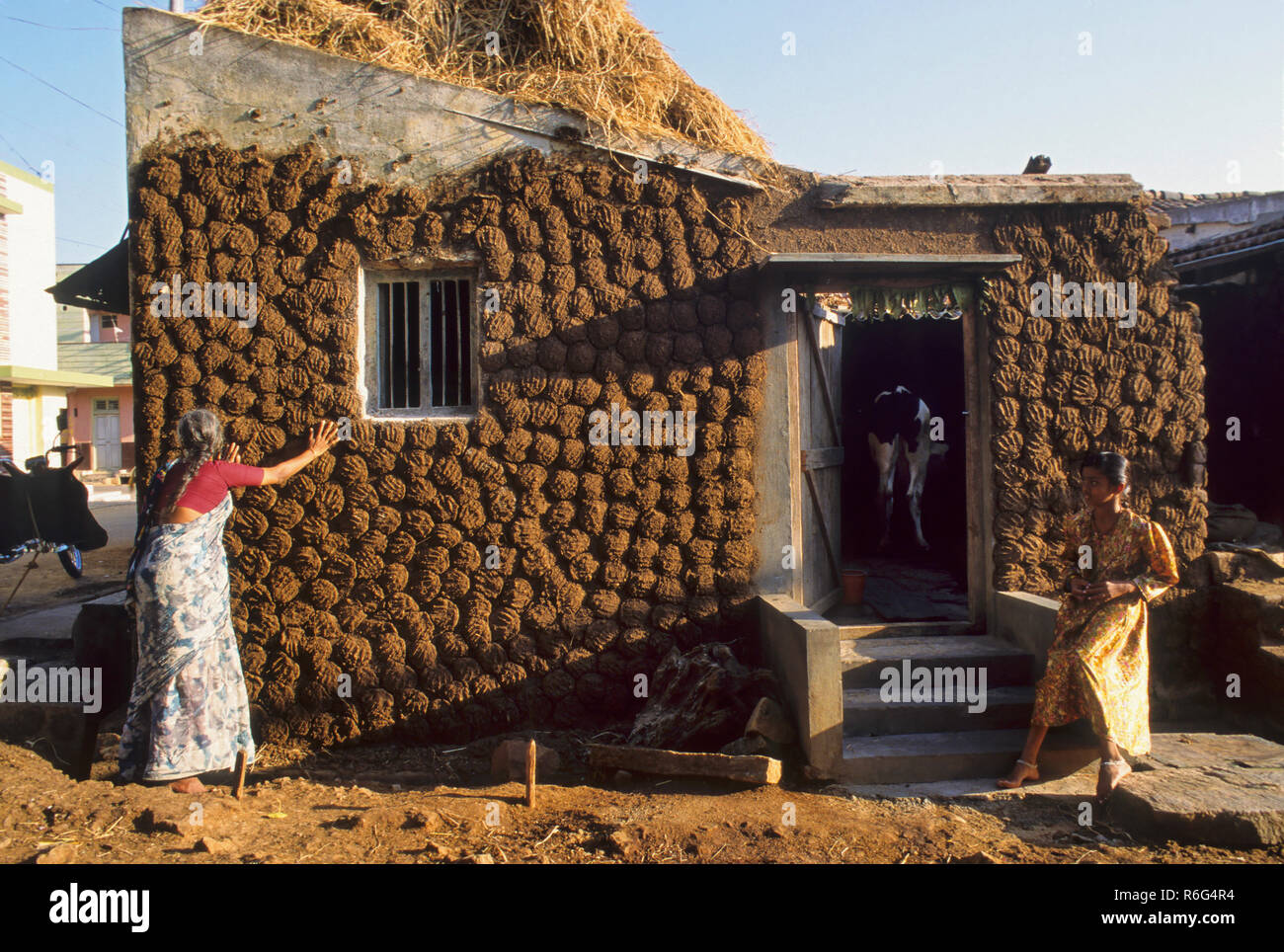In order to make this happen, Tirumantiram verses from several sources will be transliterated from Tamil text into Romanised text using the ISO15919 format. The Tamil verses will be taken from Project Madurai and Tamil Virtual Academy. It will be compared and posted in a readable format.
Each Romanised Tamil verse will also contain the English translation done by Dr.B.Natarajan of the Sri Ramakrishna Math, Chennai. Although translations are included, it is advisable to seek guidance from ualified gurus as some verses are best read and explained in Tamil.
The new entries will be updated on this page so that you can access it from here. You may also access it directly from its url once it is published. So please follow up with my blog.
The work of transliterating Tirumular's 3,047 verses will not be easy as each transliteration must be checked and compared. I seek the blessings of satguru Tirumular to complete this project.
I would like to apologize in advance for any possible spelling error that may occur. I will check the posts from time to time and make corrections whenever necessary. I assume that the project may take approximately 200 days to be completed.
I hope this effort will be useful for the truth seekers out there. I take no credit for this as all credit goes to satguru Tirumular.
vināyakar
kāppu
aintu
karattaṉai yāṉai mukattaṉai
intiṉ
iḷam piṟai pōlum eyiṟṟaṉai
nanti
makaṉ taṉai ñāṉak koḻuntiṉaip
puntiyil
vaittaṭi pōṟṟu kiṉṟēṉē. |
Invocation
to Vinayaka
He
who has the five hands and the elephant's face,
Whose
tusk is even as the crescent moon,
The
son of Nandi, the Flower of Wisdom,
Him
I cherish in thought, His feet adore.
|
Click below to access Tirumantiram in Romanised Tamil:
Tirumantiram (Mantra 1-50) Preface: In Praise of God
Tirumantiram (Mantra 51-56) Preface: Greatness of Vedas
Tirumantiram (Mantra 57-66) Preface: Greatness of the Agamas (coming soon...)




















